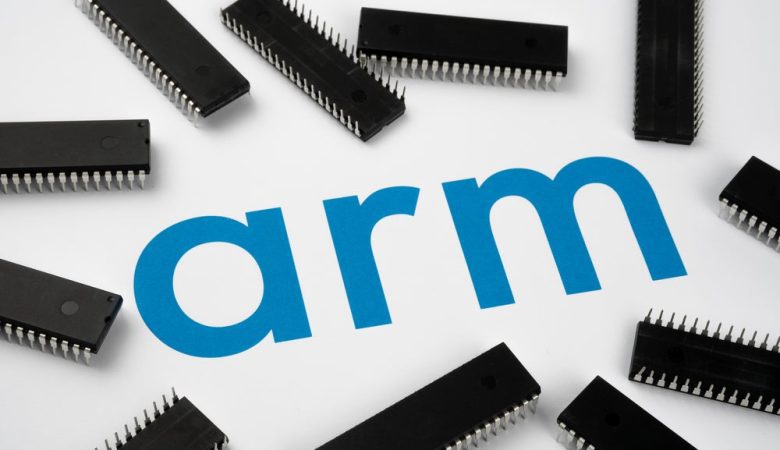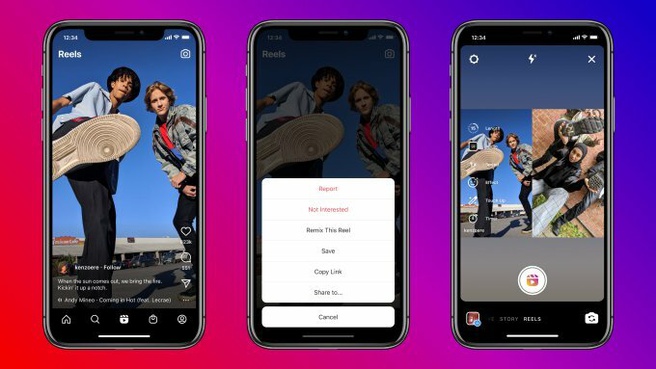
When it comes to rapid prototyping, it’s important to avoid some common mistakes in the process. This will help you get the most out of your efforts. Read on to know more.
1: Making prototypes too early
It can be quite tempting to use a prototyping tool to work on the details. But you should resist this urge and define the problem first. It’s important to consider the design beforehand. That’s the reason prototyping is the 4th stage in the process. As a matter of fact, working slow during the start can save you plenty of time down the road.
2: Grabbing the first idea you come up with
We all experience this situation. Make sure you don’t fall for an idea that you come up with. RP is a disposable artifact, and each iteration has a special purpose. It includes executive buy-in as well as customer feedback.
That doesn’t mean you shouldn’t love your ideas. You can but you should evaluate each idea before you finalize it. You can create a list of ideas and choose the best one after a careful evaluation.
3: Getting carried away
Today’s prototyping tools and software are so advanced that you may get carried away. It’s not a good idea to spend too much time on the first design you come up with. The reason is that it can cause frustration, and can make you slow down later on. To prevent over-prototyping, you may want to concentrate on the work and get the task completed in the fewest steps possible.
4: Not evaluating the fidelity
Another common mistake is to make prototypes without performing a reevaluation of the fidelity. For instance, you may want to sketch on paper to collect customer feedback instead of making a highly interactive prototype.
You should consider your desired goal to settle on the best fidelity for your final prototype.
5: Feeling discouraged after a failure
Since the role of prototypes is to test assumptions, keep in mind that not all of your assumptions will achieve validation. However, you may not want to take it as a failure. You should reconsider your definition of failure and success. Every failure will teach you a great lesson.
Remember these rapid prototyping mistakes
It’s important to keep in mind that RP is about freedom. It allows you to create without dev resources. You can test during the process to learn from your mistakes. However, that freedom is associated with the risk of failure as well. But that’s not a problem as long as you learn from the mistakes and continue to make better prototypes.
The takeaway
If you work on rapid prototyping projects, we suggest that you consider these 5 common mistakes. These mistakes will help you get better results from the mistakes that you learn from in the process. The goal is to get the most out of your prototypes by creating better models. This way you can receive better feedback from your customers, which will result in the creation of better products.











